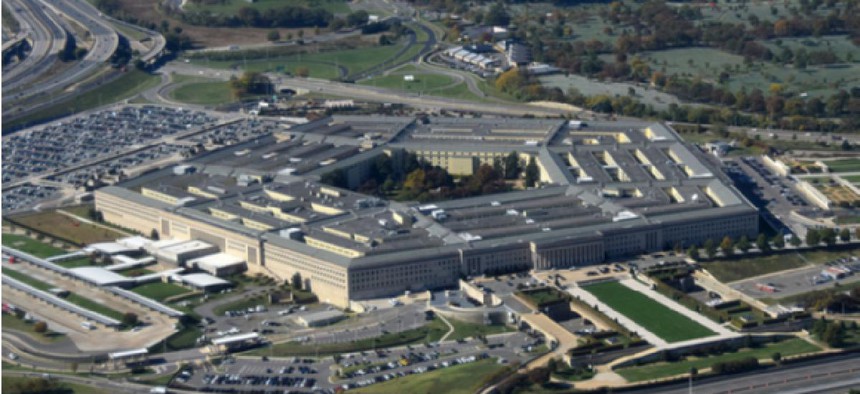DOD struggles with Risk Management Framework adoption
As DOD shifts away from compliance, the old methods are becoming barriers to new risk management policies.
Moving the Defense Department's authorization process for IT systems from the DOD Information Assurance Certification and Accreditation Process to the Risk Management Framework was supposed to provide better results. But the culture of compliance seems to be an impediment.
"It's hard to train people to assess risk," DOD Acting Deputy CIO for Cybersecurity Thomas Michelli said during a keynote presentation at the ACT-IAC's membership meeting Nov. 28. "People like compliance because it's black and white."
The framework requires IT specialists accept risk, he said, including the results of someone else's testing. But without it, things can slow down.
"RMF can be much more effective than past ways of doing accreditation or assessments," he said. "It's just people have to have the knowledge, skills and intestinal fortitude to do it, and then sign their name at the bottom saying, 'I accept the risk.'"
But there have been some successes. The Air Force's agile software development factory, Kessel Run, has been able to build RMF controls into code for the F-35's logistics system, Michelli said. Eventually, RMF will evolve and become more automated, possibly using machine learning techniques.
The Army is in the midst of retooling its RMF strategy to better fit operational needs through dispersing template-based guidance across the organization and a full roll out in the next three years.
"If RMF is used right, it can be much faster, Michelli said. "It's an evolving thing."
The Defense Department is also contending with supply chain risks in the industrial base. In addition to task forces, which look at how to evaluate what the Defense Department is buying and best assess third-party threats, the department is contemplating new approaches to risk, including double checking industry partners' systems.
"If you contract with the Department of Defense, you have to meet a certain standard: 800-171, a NIST standard," Michelli said. "In the past, for most cases, we took self-assertion that [industry partners] were meeting it. Now, because the clause allows us to do it, we're going out and actually assessing that you're actually doing it because we have found that there are some problems," he said.





